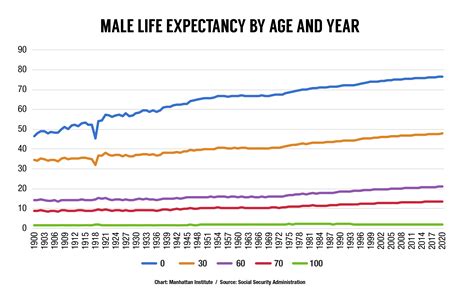1935-2024: The Time Span That Shaped Us
The years between 1935 and 2024 represent a period of unprecedented change and upheaval, a time that has profoundly shaped the world we inhabit today. This span encompasses the tail end of the Great Depression, World War II, the Cold War, the digital revolution, and the rise of globalization—transformative events that have left an indelible mark on societies, cultures, and individuals alike. This article explores the key moments and trends within this almost 90-year period, examining their impact on our present.
The Legacy of the Great Depression and World War II (1935-1945)
The decade beginning in 1935 saw the lingering effects of the Great Depression, a period of immense economic hardship that fundamentally altered social structures and political landscapes. This era fostered a sense of uncertainty and instability, paving the way for the rise of extremist ideologies. The subsequent eruption of World War II, a conflict of unparalleled brutality and scale, reshaped the geopolitical map, leading to the decline of European empires and the emergence of the United States and the Soviet Union as superpowers. The war's technological advancements, while initially devastating, laid the groundwork for future innovations.
How did WWII impact post-war societies?
The devastation of WWII necessitated massive reconstruction efforts across Europe and Asia, leading to significant social and economic changes. The war also spurred a wave of decolonization, as many formerly colonized nations fought for and gained independence. The horrors of the Holocaust led to a global commitment to human rights and the establishment of international organizations dedicated to preventing future atrocities.
The Cold War and the Space Race (1945-1991)
The post-war era was dominated by the Cold War, a period of geopolitical tension between the US and the USSR. This ideological struggle manifested in an arms race, proxy wars, and the constant threat of nuclear annihilation. The Space Race, a competition between the two superpowers to achieve dominance in space exploration, fueled technological advancements and inspired a generation. This era saw the development of advanced computing technology, which laid the foundation for the digital revolution.
What were the main technological advancements of the Cold War era?
The Cold War spurred incredible advancements in various fields. The development of nuclear weapons, while terrifying, also drove progress in physics and engineering. The need for better communication and intelligence gathering led to breakthroughs in computing, telecommunications, and satellite technology. The Space Race specifically resulted in advancements in rocketry, materials science, and miniaturization.
Globalization and the Digital Revolution (1991-2024)
The fall of the Berlin Wall in 1989 marked the symbolic end of the Cold War, ushering in an era of globalization. Increased interconnectedness through improved communication and transportation technologies led to unprecedented economic growth and cultural exchange. The digital revolution, spearheaded by the proliferation of personal computers and the internet, fundamentally transformed how people communicate, work, and access information. This period also saw increased awareness of environmental issues and a growing global effort to address climate change.
How has globalization impacted different cultures?
Globalization has led to both positive and negative consequences for different cultures. While it facilitated the exchange of ideas and goods, it also led to concerns about cultural homogenization and the erosion of traditional values. The increased flow of information and communication has empowered marginalized communities while also raising concerns about misinformation and cultural appropriation.
What are the long-term effects of the digital revolution?
The digital revolution has transformed nearly every aspect of modern life. It has created new industries, improved access to information, and facilitated greater connectivity. However, it has also raised concerns about privacy, cybersecurity, and the spread of misinformation. The long-term effects are still unfolding, but it is clear that the digital revolution has fundamentally altered the way humans interact with the world.
Conclusion: A Legacy of Change
The period from 1935 to 2024 represents a remarkable journey of human history, marked by both immense challenges and extraordinary achievements. The lessons learned from the past—the devastation of war, the importance of international cooperation, and the power of technological innovation—continue to shape our present and will undoubtedly influence our future. Understanding this time span is crucial to navigating the complexities of the modern world and building a more sustainable and equitable future. The challenges we face today—climate change, economic inequality, and geopolitical instability—are deeply rooted in the events and trends of this period. By acknowledging this historical context, we can better understand the present and work towards a more hopeful tomorrow.

